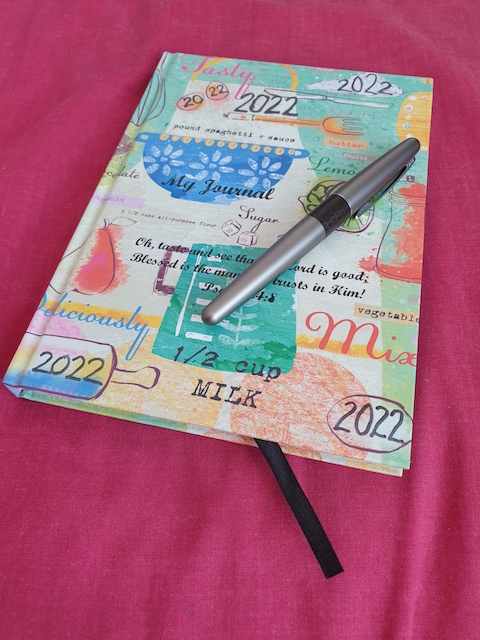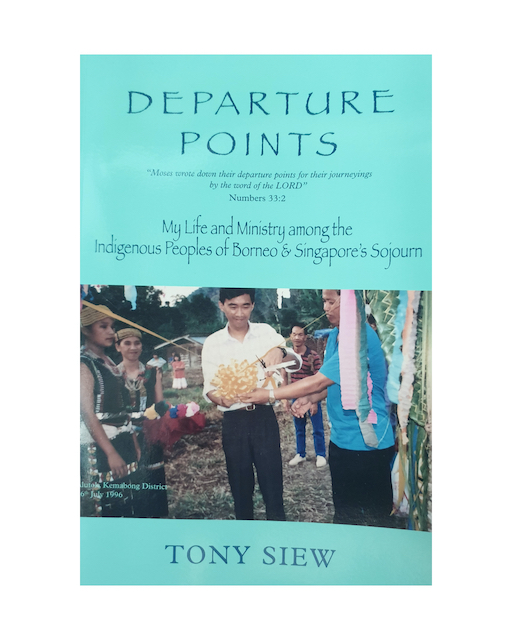I am thankful that by God’s grace, my parents who were not church goers sent me to Sunday School in Bukit Timah Evanglical Free Church when I was in primary school. For a few years of intermittent attendance, I was introduced to Jesus, the gospel stories, the church. Even after I stopped attending, I was […]
Ladies and gentlemen, start or restart journaling in 2022. How I Began and Your Perfect Beginning I began journaling in earnest after attending a Spiritual Renewal Seminar in the late 1970’s when Brian Bailey, a prophet and teacher of the Word, talked about the need to keep a record of what you learned as you […]
Reading “Departure Points” was a breeze and I completed the book more quickly than most. The reading overtook some other books which I had started reading a few weeks earlier. I typically read about five to ten books at a time, dipping into any of them as my whim or mood fancies. The language is […]


